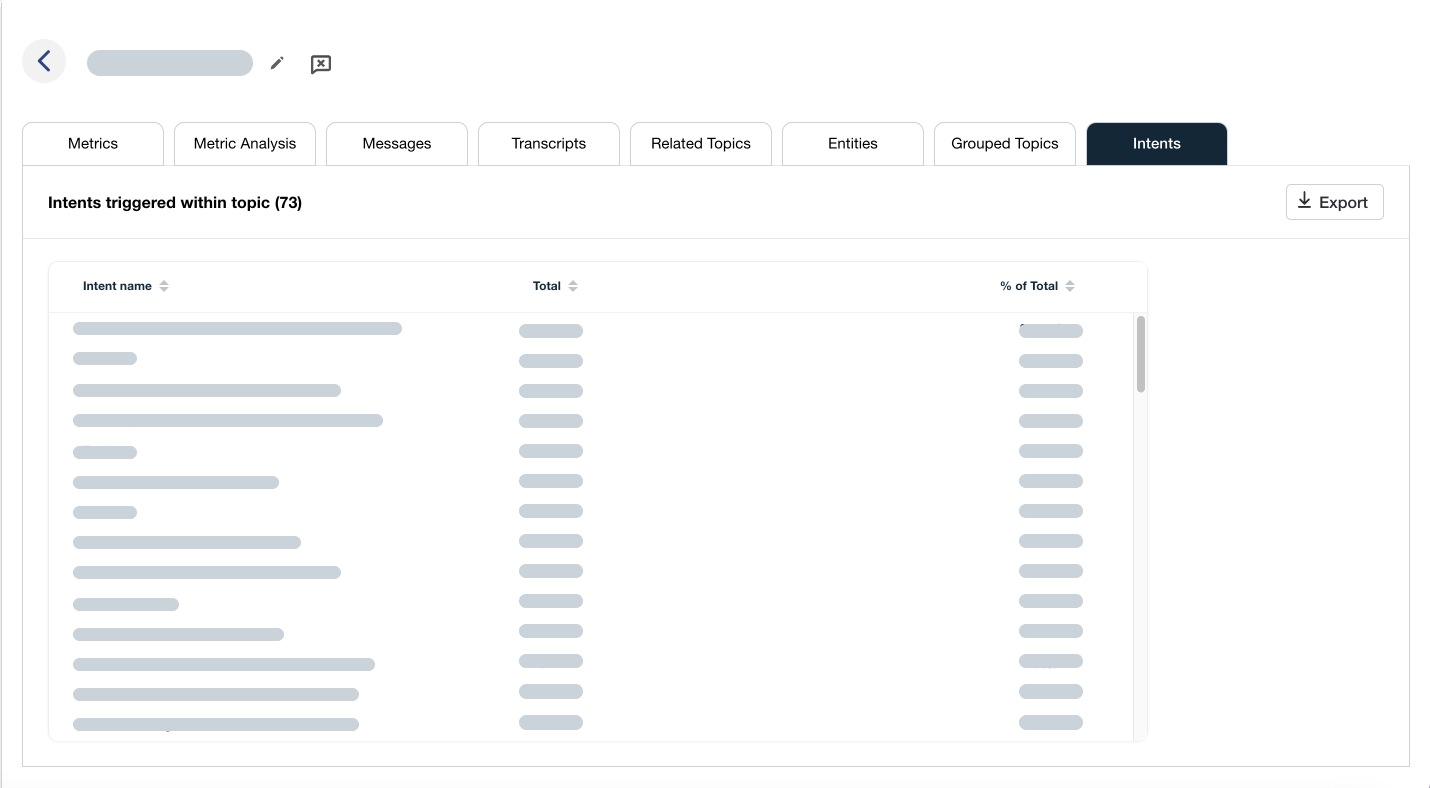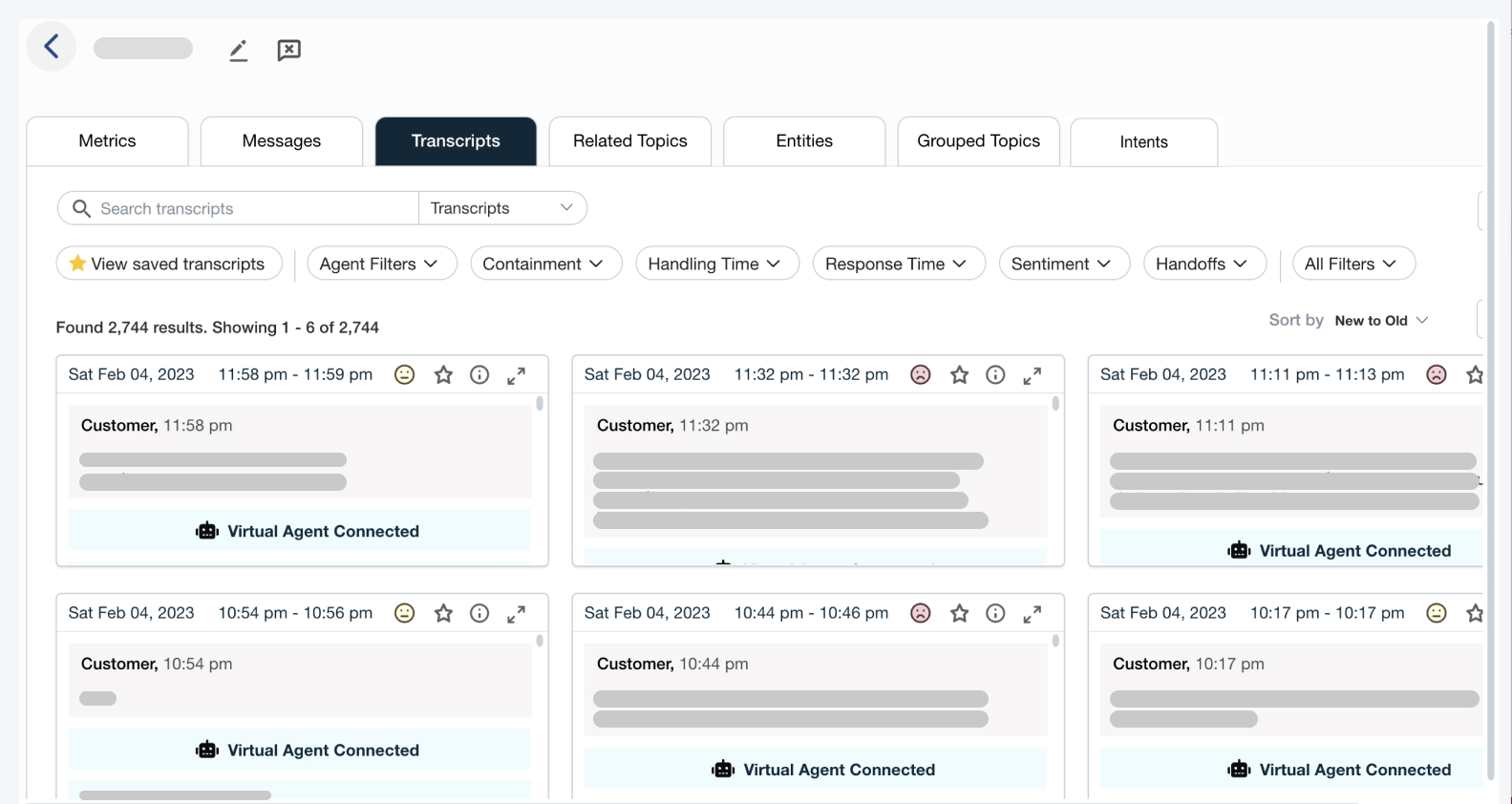2020: Simple and smart, your best year ever for WFM
2020: Simple and smart, your best year ever for WFM

As 2019 draws to a close, Dave Hoekstra predicts an exciting road ahead for Workforce Management. While innovations like Artificial Intelligence and Analytics have the power to transform CX, they should be easy to use and understand. Read on to discover 3 ways to master the art of simple sophistication.
Over the past few months, Calabrio have been inspired by the seismic changes taking place in the industry. We’ve explored how advances in Artificial Intelligence (AI) and analytics are pushing the boundaries for Workforce Management (WFM), radically transforming the way organizations manage their data to achieve all-round excellence. In this new era of Customer Experience Intelligence, frontline staff are able to go beyond the simple ‘what happened?’ to understanding why customers are contacting them in the first place, pre-empting their preferred communication method and even suggesting new outcomes – all in real-time. What is more, that same intelligence is linked simultaneously to critical workforce data to ensure agents are properly trained, motivated and available at the right time.
Essentially, the world of WFM is shifting up a gear to become Workforce Engagement Management or WEM.
2020: completing the WFM triangle
So what does the future hold for WFM in 2020? While innovations such as Artificial Intelligence and analytics have the power to transform CX, they should be easy to understand and use. The challenge for contact centers next year will be to harness the power of innovative technology that makes life better for employees and customers while removing operational complexity. Here are three ways to master the art of simple sophistication combined with intelligence.
Keep WFM easy and personalized – as customer experience (CX) continues to take center stage, simplifying customer service for frontline staff and maintaining motivation levels are essential. Give them the technology to organize themselves and delight customers in their own way. The latest self-scheduling and intraday automation solutions enable employees with a greater sense of independence which motivates them to perform as never before. Why not infuse AI into the employee experience by using chatbots that learn from existing WFM data to help people manage their work-life balance? These bots can hold conversational chats to notify staff quickly of potential time off or overtime and to approve holiday requests to provide an easy balance between agent freedom and productivity.
The same easy and personalized approach also benefits team leaders and planners. At a glance, managers can use ‘actionable intelligence’ to know who is most often late to work or likes to leave early, to then build efficient shifts and schedules that boost staff engagement and performance. Reduced manual planning gives managers the freedom to focus on higher-level tasks and CX objectives. Finally, be creative! Why not consider incorporating personal gadgets like FitBits into the WFM process to remind staff when to go for a break or leave for a doctor’s appointment?
Introduce smarter processes – what happens behind the scenes is just as important as customer conversations. Optimize complex processes using the latest Intelligent Adherence solutions that automatically identify scheduling patterns and suggest suitable actions. The latest predictive and prescriptive analytics provide anticipatory insights into call volumes while suggesting data-driven best practices to exceed service levels. Then, introduce desktop and process analytics to release the full potential of your customer-facing employees. Are clunky or inconsistent IT processes slowing down CX? Is technology including CRM system issues holding people back? Find out fast with effective desktop and process analytics and then switch to smarter technology and processes.
Wrap it all up with predictive analytics – transform your contact center with analytics that leverage AI-driven machine learning. In 2020 analytics will make customer journeys smoother by alleviating contact center pain points and anticipating a customer’s future needs. By turning data into information and then into ‘actionable intelligence’, organizations can use machine learning to improve their net promoter score (NPS). It swiftly analyzes the positive/negative/neutral sentiment of customer interactions, valuable intelligence that can be used to pre-empt and predict future patterns and outcomes. So, if 75 people out of 123 score 10/10, rather than hope for the best, managers could simply use the results of machine learning to predict the results of a larger sample to identify required changes.
It’s time for contact centers to utilize the predictive powers of analytics and machine-learning to enjoy a series of tangible CX benefits from increased first call resolution and NPS scores to effective employee engagement and reduced customer attrition rates.
What does 2020 have in store for you? For more information on where we are going and what we are thinking about for 2020, head on over to the webinars page at Calabrio.com









